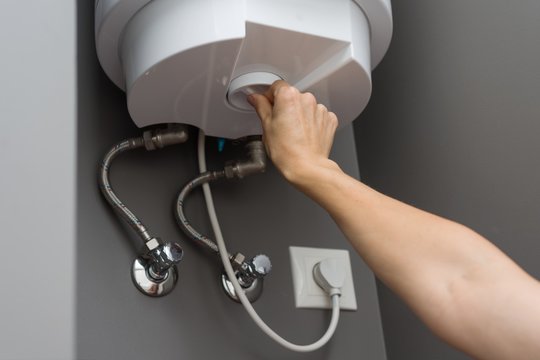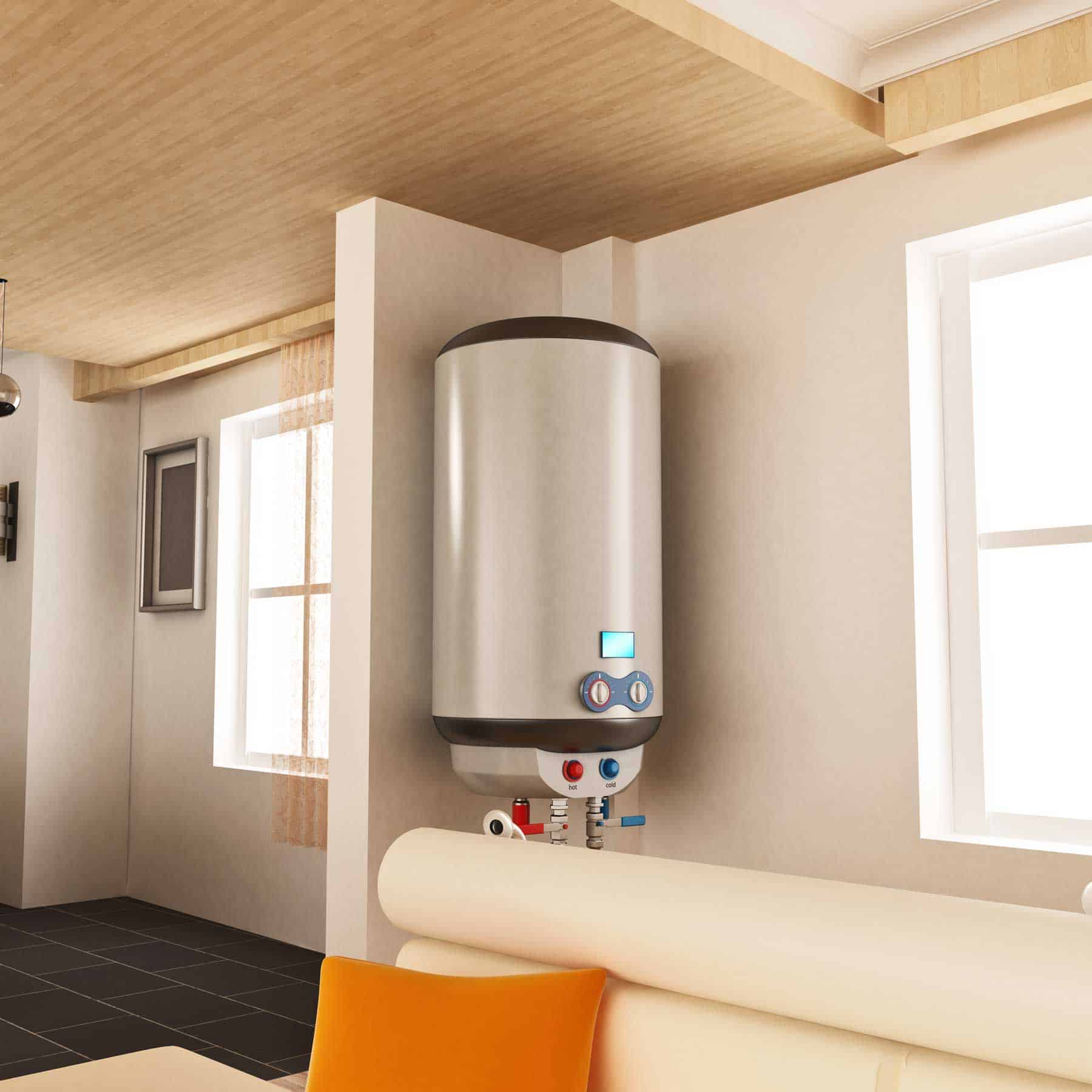Step-by-Step Steps to Caring for Your Home's Hot Water SystemExpert Advice for Maintaining Your Home's Hot Water SystemKey Care Techniques for Your Home's Hot Water System
Step-by-Step Steps to Caring for Your Home's Hot Water SystemExpert Advice for Maintaining Your Home's Hot Water SystemKey Care Techniques for Your Home's Hot Water System
Blog Article
In this article in the next paragraphs you can get additional superb news in regards to Tips on Maintaining a Water Heater.

Warm water is vital for daily convenience, whether it's for a refreshing shower or cleaning dishes. To guarantee your hot water system runs successfully and lasts longer, normal maintenance is vital. This short article gives useful suggestions and understandings on how to preserve your home's warm water system to prevent disturbances and costly repairs.
Intro
Keeping your home's hot water system may seem difficult, yet with a few easy actions, you can guarantee it operates smoothly for several years to come. This guide covers everything from comprehending your warm water system to DIY maintenance ideas and recognizing when to hire expert help.
Value of Keeping Your Warm Water System
Regular maintenance not just expands the life expectancy of your warm water system yet additionally ensures it operates effectively. Ignoring maintenance can bring about decreased effectiveness, greater power bills, and even early failure of the system.
Indications Your Warm Water System Demands Maintenance
Knowing when your hot water system needs interest can avoid major problems. Keep an eye out for indicators such as inconsistent water temperature, weird noises from the heating system, or corroded water.
Recognizing Your Warm Water System
Prior to diving right into upkeep jobs, it's helpful to understand the basic components of your hot water system. Generally, this includes the water heater itself, pipes, anode rods, and temperature controls.
Regular Monthly Maintenance Tasks
Regular monthly checks can help capture minor issues prior to they rise.
Purging the Hot Water Heater
Purging your water heater removes sediment buildup, improving efficiency and lengthening its life.
Monitoring and Changing Anode Rods
Anode rods avoid rust inside the storage tank. Examining and replacing them when broken is critical.
Checking and Changing Temperature Settings
Readjusting the temperature level settings guarantees optimal efficiency and security.
Do It Yourself Tips for Upkeep
You can perform several upkeep jobs yourself to maintain your warm water system in leading condition.
Checking for Leakages
On a regular basis check pipes and links for leaks, as these can result in water damage and greater bills.
Testing Stress Relief Valves
Examining the stress relief valve guarantees it works correctly and protects against extreme pressure build-up.
Protecting Pipes
Shielding hot water pipelines decreases warmth loss and can conserve power.
When to Call an Expert
While DIY maintenance is useful, some issues call for specialist expertise.
Facility Problems Needing Professional Assistance
Examples include major leaks, electric troubles, or if your water heater is constantly underperforming.
Regular Specialist Upkeep Benefits
Professional upkeep can include complete evaluations, tune-ups, and guaranteeing conformity with safety criteria.
Conclusion
Routine upkeep of your home's warm water system is important for effectiveness, long life, and cost financial savings. By adhering to these suggestions and recognizing when to seek specialist help, you can make sure a reputable supply of hot water without unexpected interruptions.
Water Heater Maintenance: The Basics
Maintaining your water heater will ensure it operates efficiently and has a longer lifespan. Neglecting regular maintenance can lead to costly repairs and an even bigger chunk of your savings if you have to replace it sooner than necessary. But there’s good news: Most water heater maintenance tasks are relatively simple and easy for homeowners with basic DIY skills.
Flush the Water Heater
Over time, sediment and minerals can build up in the tank, reducing its efficiency and potentially causing damage. To flush the tank, turn off the power or gas supply, attach a hose to the drain valve near the bottom and open the valve to drain the water until it runs clear. Ideally, flush the tank annually.
Replace the Anode Rod
The anode rod is a sacrificial metal rod that helps prevent corrosion inside the tank. Inspect and replace it every three to five years or per the manufacturer's recommendation. To replace the anode rod, turn off the power or gas supply, drain a few gallons of water from the tank, unscrew the old rod and replace it with a new one. If the anode rod is significantly corroded or covered in calcium buildup, it's a sign the water heater may need to be replaced soon.
Tune-Up
A yearly tune-up can help identify potential issues and ensure your water heater operates at peak efficiency. This typically involves checking the thermostat, burner assembly (for gas heaters) and any other components specified by the manufacturer. During a tune-up, the technician may also clean the burner and adjust the pilot light (for gas heaters) or examine the heating elements (for electric heaters).
How to Maintain Your Water Heater
Insulate the tank. Insulating the tank can improve energy efficiency and reduce heat loss, saving you money on energy bills. You can purchase precut insulation blankets designed specifically for water heaters or use standard fiberglass insulation wrapped securely around the tank. Check the temperature. The recommended water temperature for most households is around 120 degrees Fahrenheit (49 degrees Celsius). Higher temperatures can increase energy costs and potentially cause scalding. Use a kitchen thermometer to check the temperature at the faucet nearest the water heater. Monitor water pressure. Excessive water pressure can strain the water heater and cause leaks or even tank failure. Install a pressure-reducing valve if necessary. The ideal water pressure range is between 60 and 70 PSI (pounds per square inch). Test the temperature and pressure (T&P) relief valve. The T&P relief valve is a safety feature that releases pressure if the tank gets too hot or the pressure builds up too high. Test it annually by lifting the lever and allowing a small amount of water to release. Replace the valve if it doesn't release water or reseal properly. Check for leaks. Regularly inspect the tank, pipes and fittings for leaks or corrosion. Deal with issues promptly to prevent further damage. Even a small leak can lead to significant water damage over time. Consider a tankless water heater. If your traditional tank-style water heater is nearing the end of its lifespan ( typically 10 years), consider replacing it with a tankless water heater. These units heat water on demand, reducing standby energy losses and potentially saving you money on your energy bills. Schedule professional maintenance. While homeowners can perform many water heater maintenance tasks, it's still a good idea to schedule professional maintenance every few years. A plumber or HVAC technician can thoroughly inspect the unit, identify potential issues and ensure it operates safely and efficiently. https://www.homeserve.com/en-us/blog/home-improvement/hot-water-heater-maintanence/

I am just very curious about Tips on Maintaining a Water Heater and I hope you enjoyed reading the entire piece. Sharing is good. Helping others is fun. We thank you for reading our article about Water Heater Maintenance Tips You Can't Afford to Forget.
Click Here Report this page